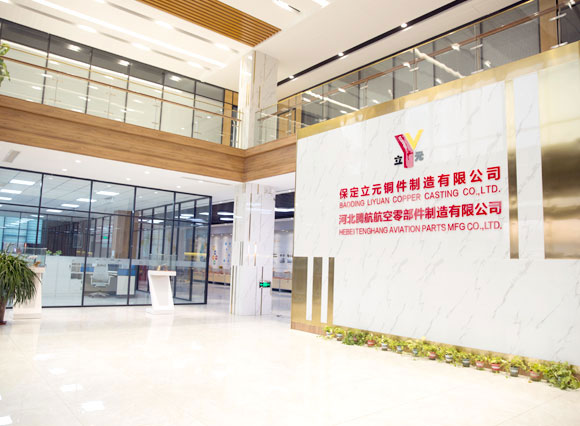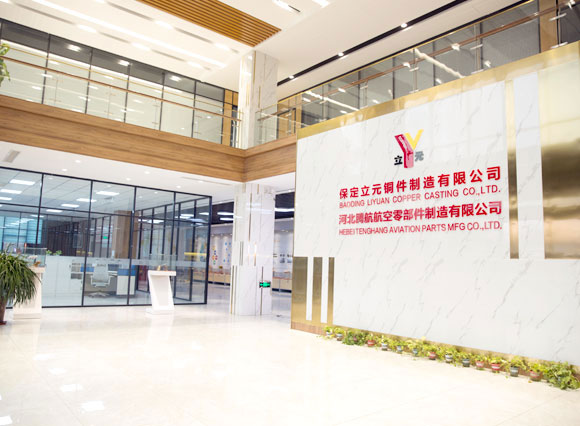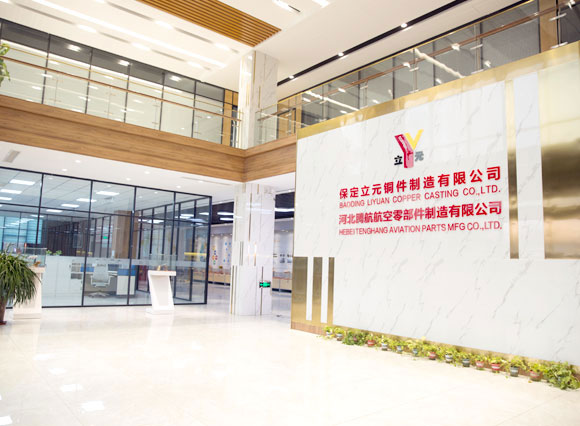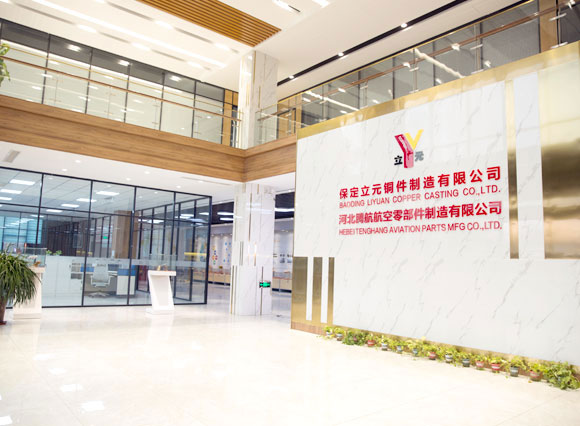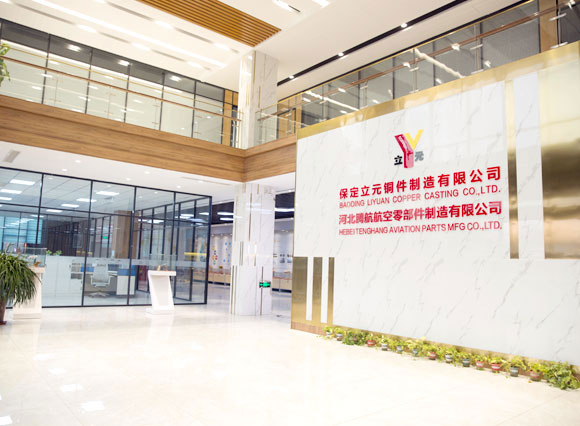definition:
Bronze with tin as the main alloy element. Tin content is generally between 3% and 14%, mainly used to make elastic components and wear-resistant parts. The content of tin in deformed tin bronze is less than 8%, sometimes phosphorus, lead, zinc and other elements are added. Phosphorus is a good deoxidizer, but also improve the fluidity and wear resistance. The machinability and wear resistance of tin bronze can be improved by adding lead, and the casting performance can be improved by adding zinc. The alloy has high mechanical properties, wear reduction and corrosion resistance, easy to cut, good brazing and welding properties, small shrinkage coefficient and non magnetism. The coating of bronze bushing, shaft sleeve and diamagnetic component can be prepared by wire flame spraying and arc spraying. The dimensions are Ф 1.6mm and Ф 2.3mm. With high strength, corrosion resistance and excellent casting performance, it has been widely used in various industrial sectors for a long time.
Application:
Copper is a non-ferrous metal closely related to human beings. It is widely used in electrical, light industry, machinery manufacturing, construction industry, national defense industry and other fields. It is second only to aluminum in the consumption of non-ferrous materials in China.
Tin bronze is a non-ferrous alloy with the smallest casting shrinkage, which is used to produce castings with complex shape, clear profile and low air tightness requirements. Tin bronze is very corrosion-resistant in atmosphere, sea water, fresh water and steam. It is widely used in steam boiler and ship parts. The phosphor tin bronze has good mechanical properties and can be used as wear-resistant parts and elastic parts of high-precision machine tools. Lead tin bronze is often used as wear-resistant parts and sliding bearings. Zinc tin bronze can be used as high air tightness casting.
Tin bronze is widely used in the electric and electronic industries with the largest consumption, accounting for more than half of the total consumption. For various cables and wires, motors and transformers, switches and printed circuit boards are used in the manufacturing of machinery and transport vehicles, and in the manufacturing of industrial valves and accessories, instruments, sliding bearings, molds, heat exchangers and pumps.
In the chemical industry, it is widely used in the manufacture of vacuum, distillation pot, brewing pot and so on.
In the national defense industry, it is used to manufacture bullets, shells, gun parts, etc. for every 3 million bullets produced, 130-140 tons of copper are needed.
In the construction industry, it is used for various pipes, pipe fittings, decorative devices, etc.
Performance:
The tin content of tin bronze is generally between 3% and 14%, which is mainly used to make elastic components and wear-resistant parts. The content of tin in deformed tin bronze is less than 8%, sometimes phosphorus, lead, zinc and other elements are added. Phosphorus is a good deoxidizer, but also improve the fluidity and wear resistance. The machinability and wear resistance of tin bronze can be improved by adding lead, and the casting performance can be improved by adding zinc.

 中文
中文 EN
EN
